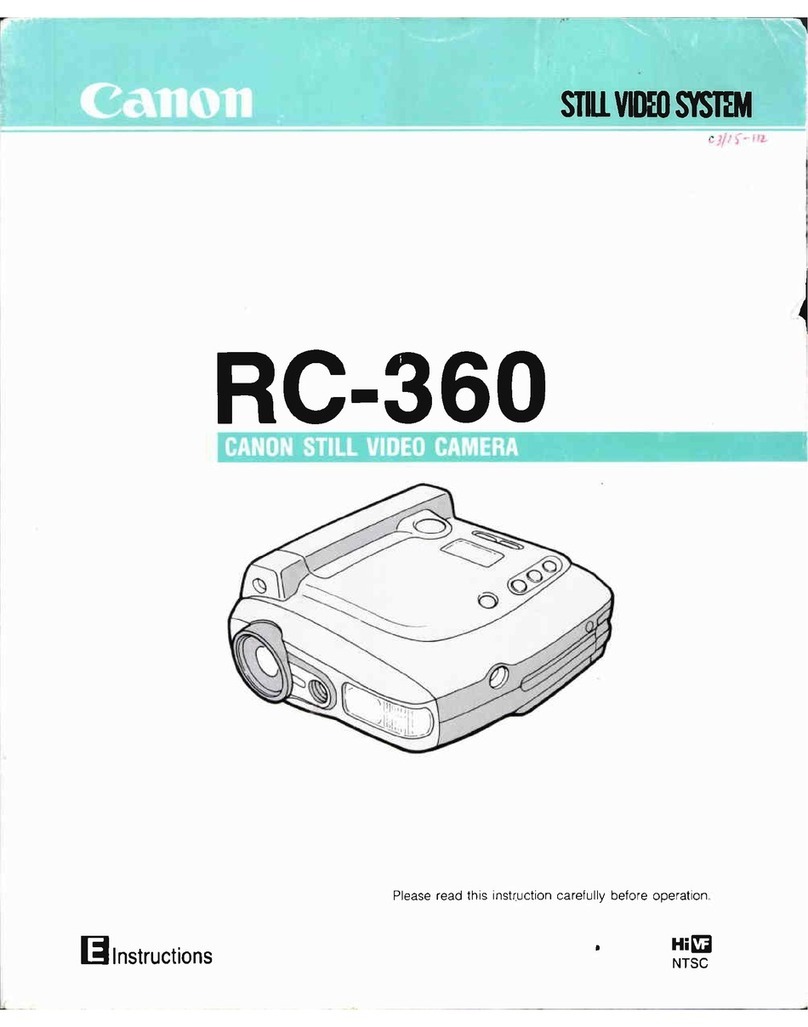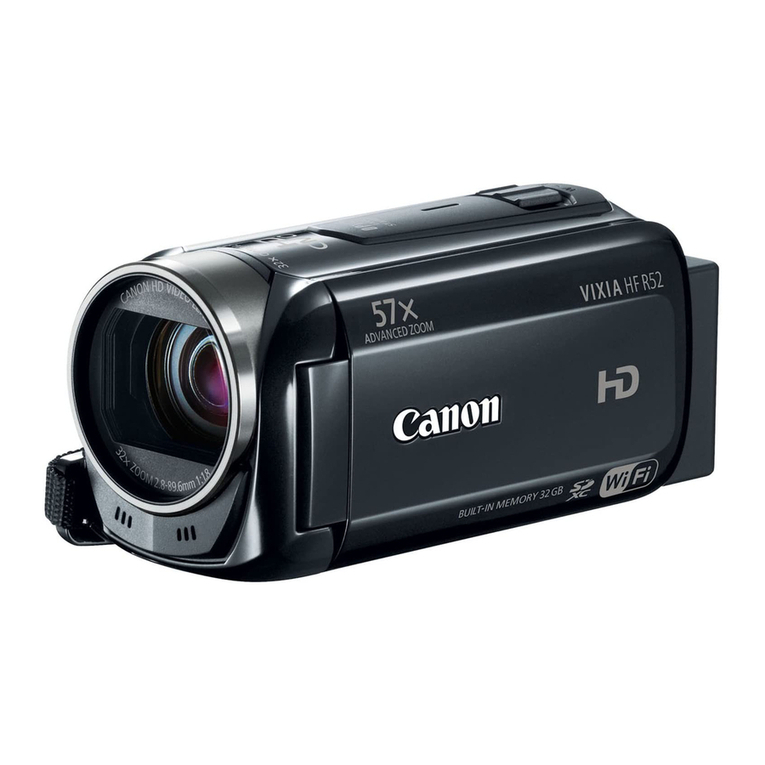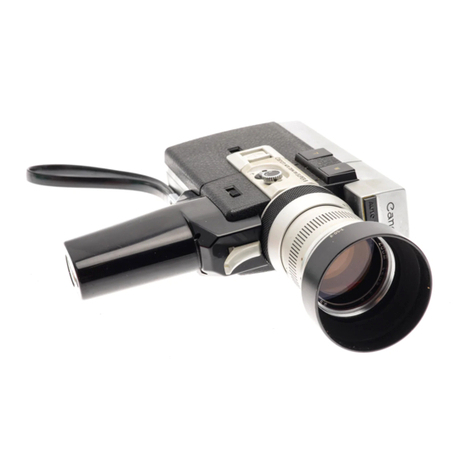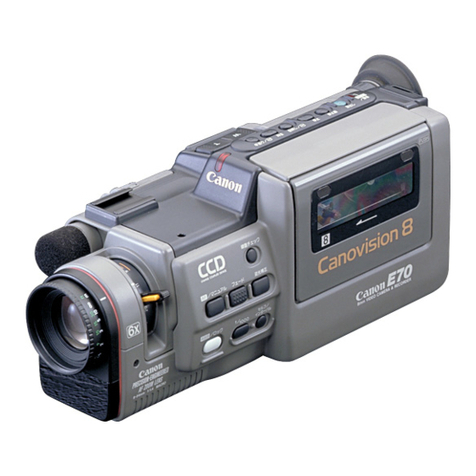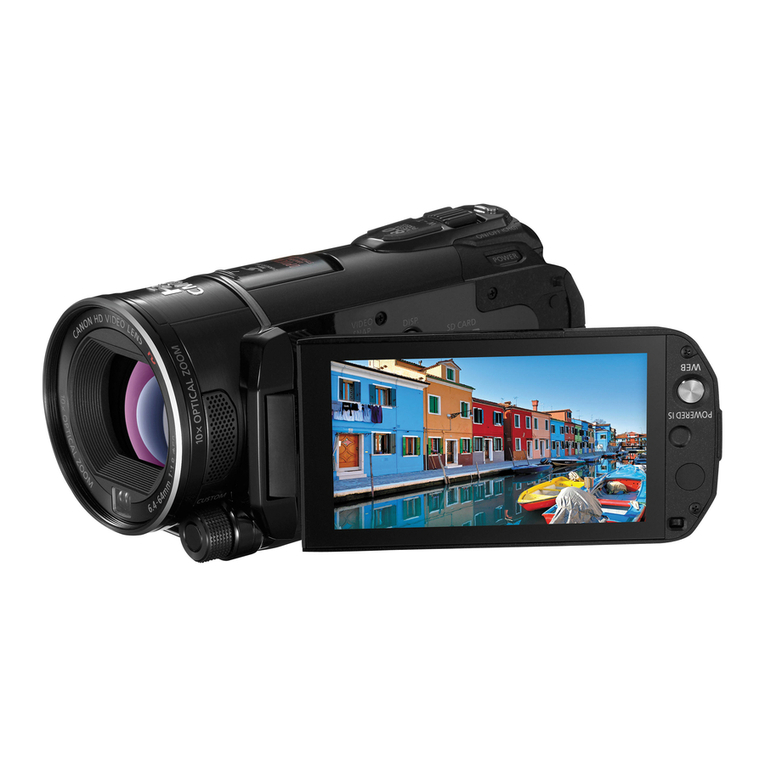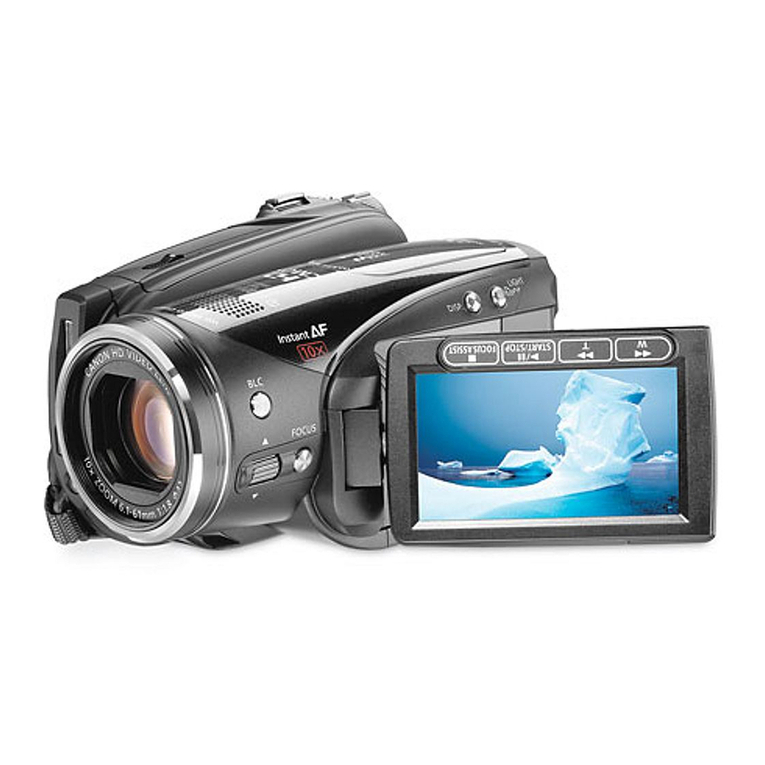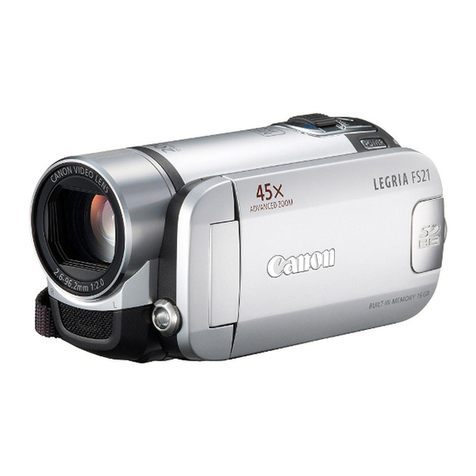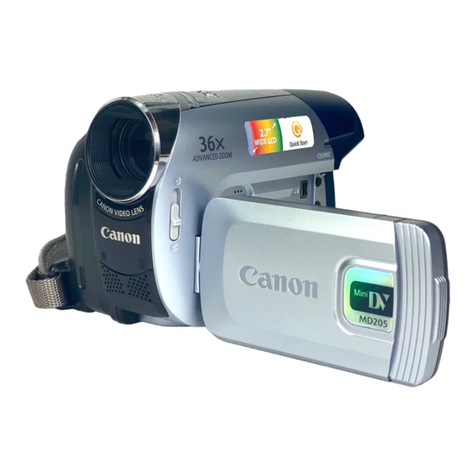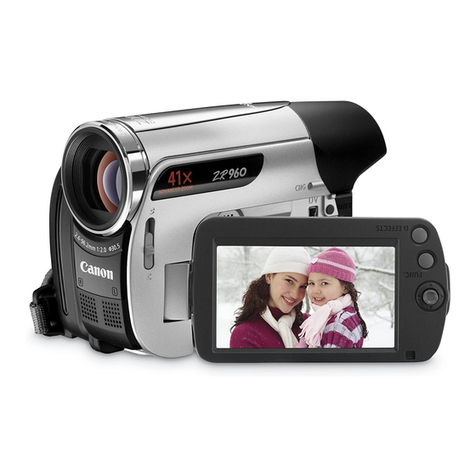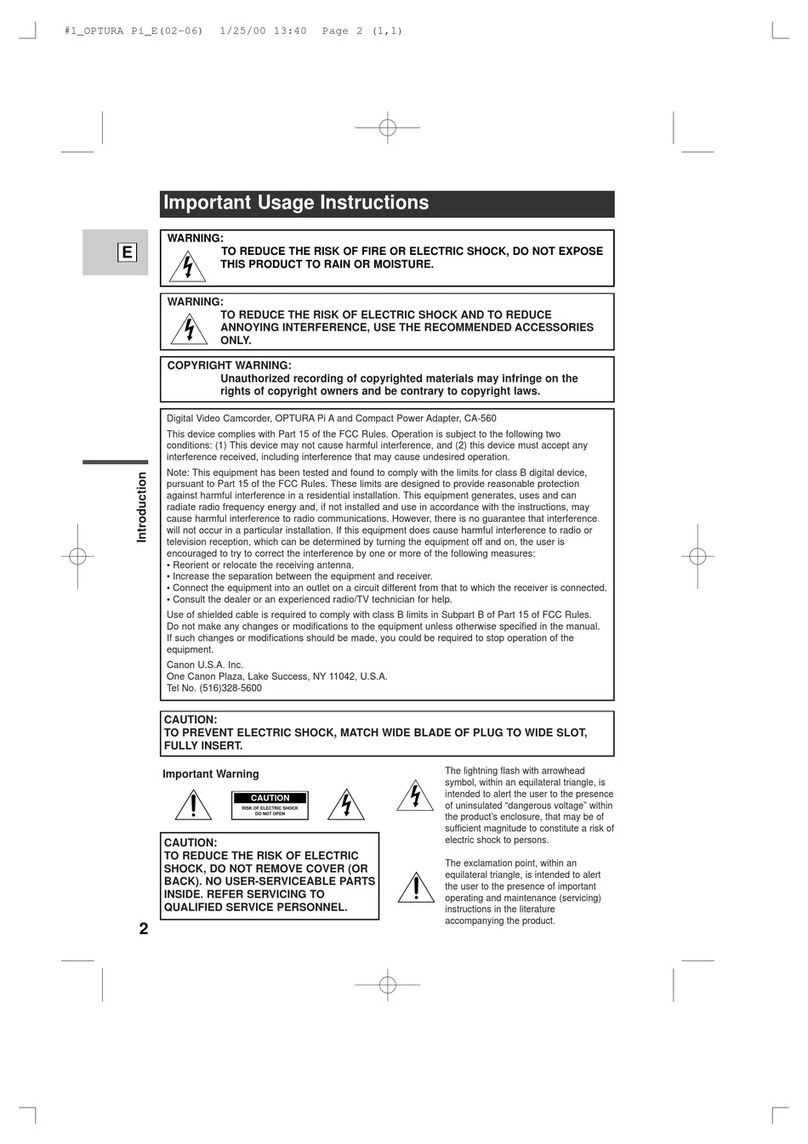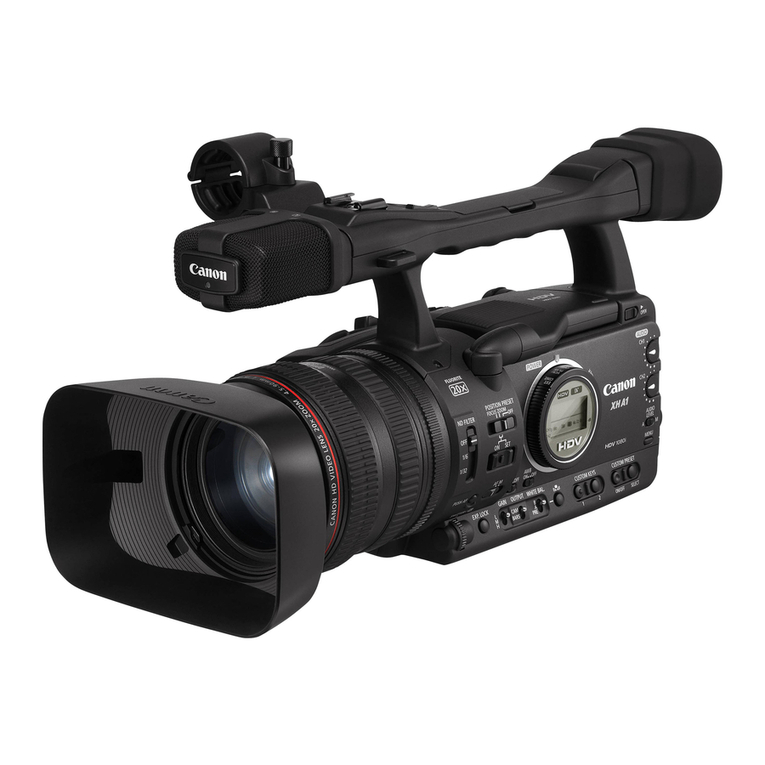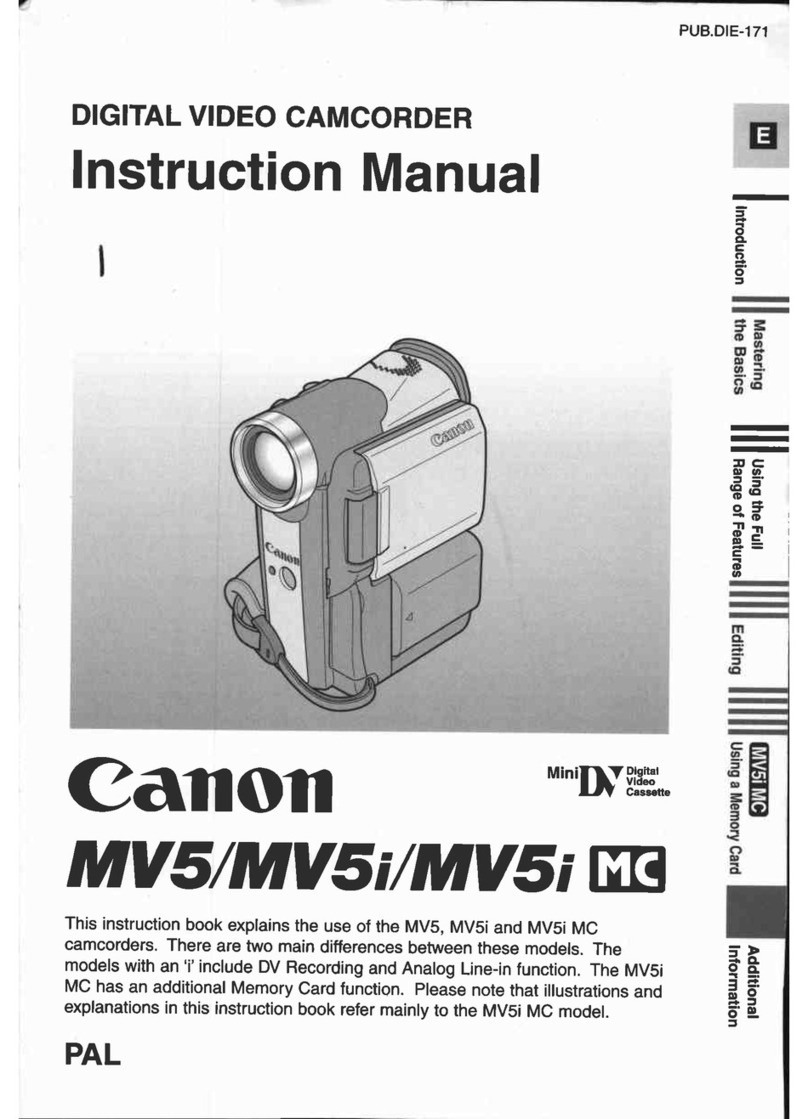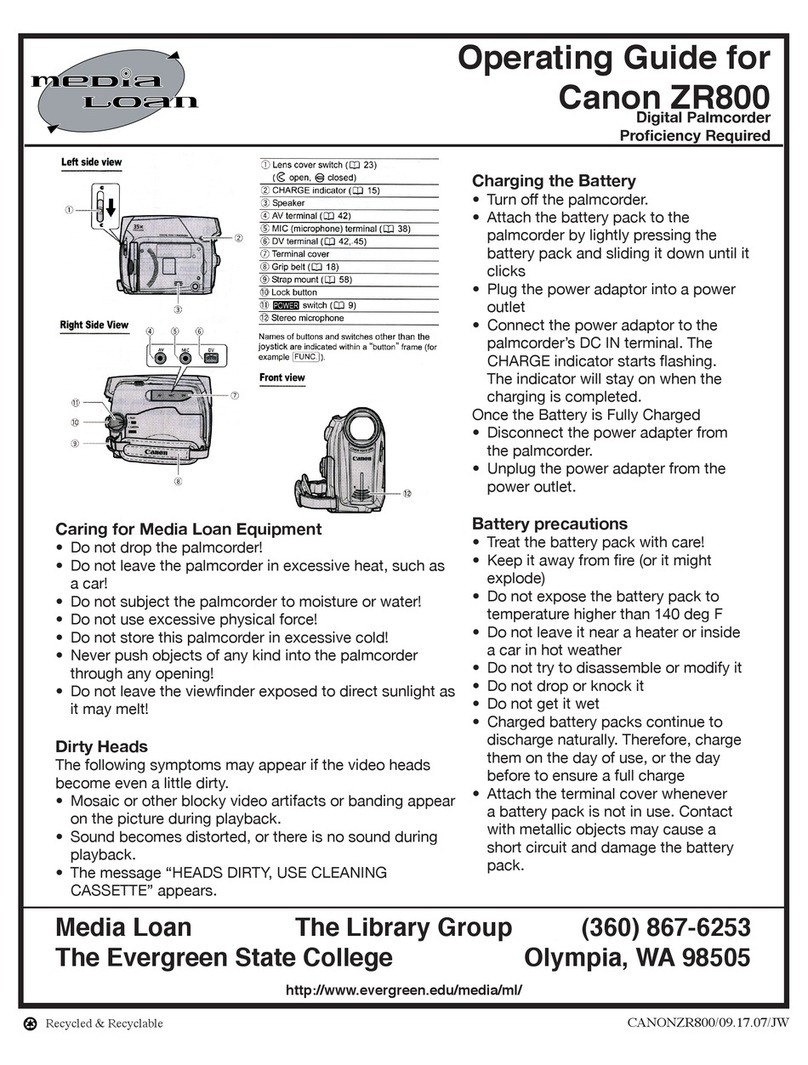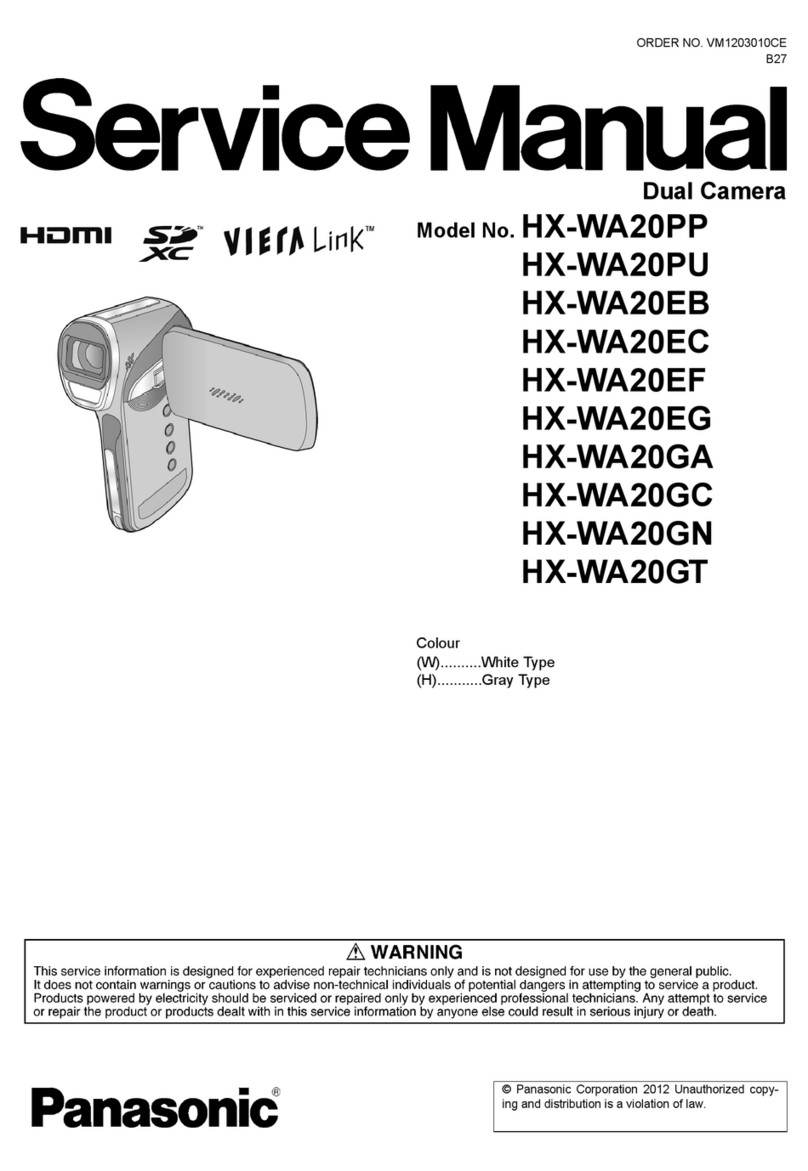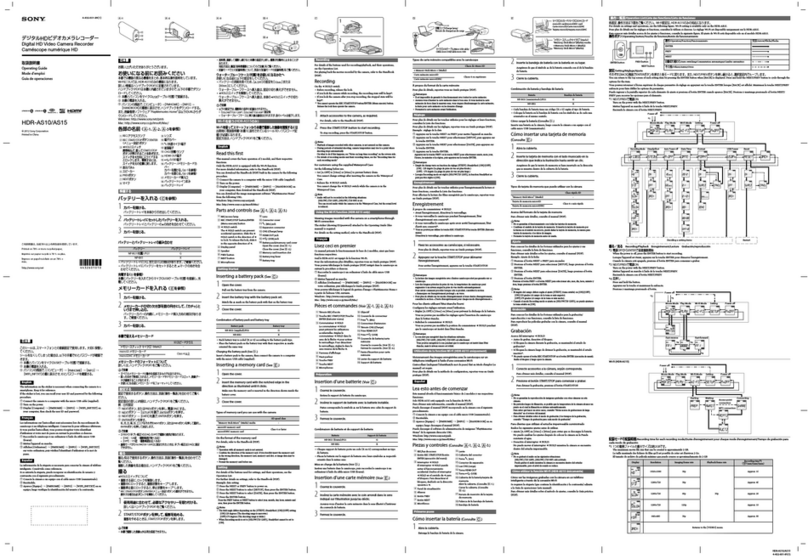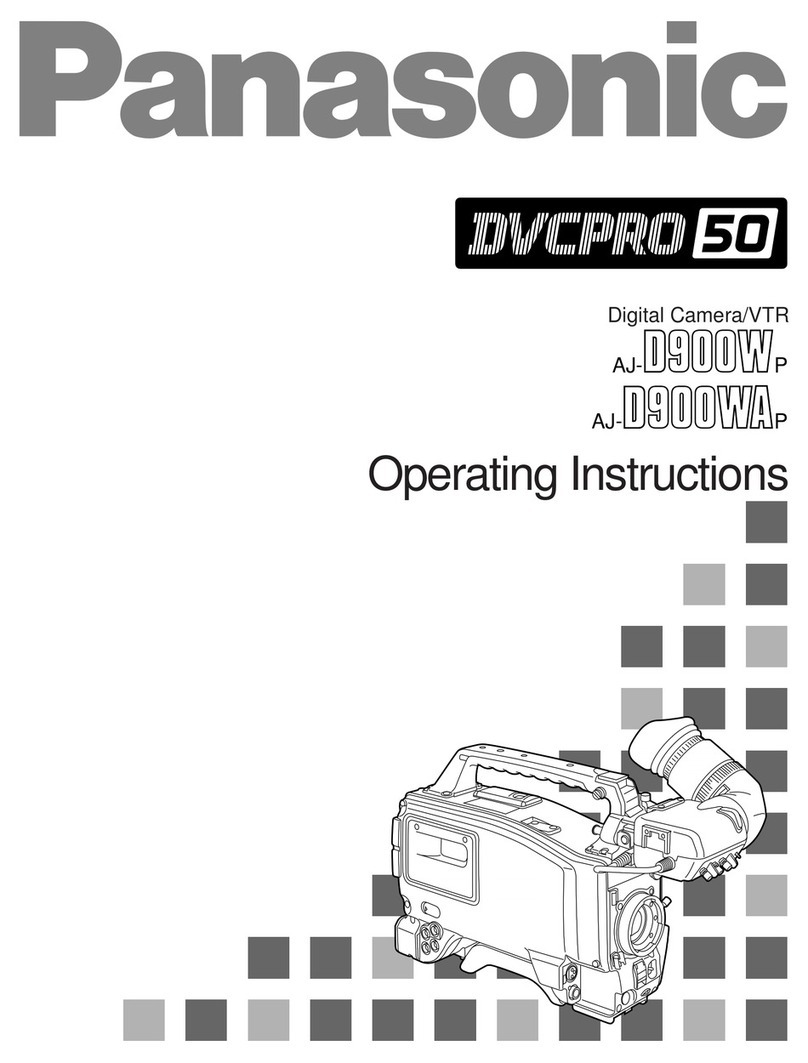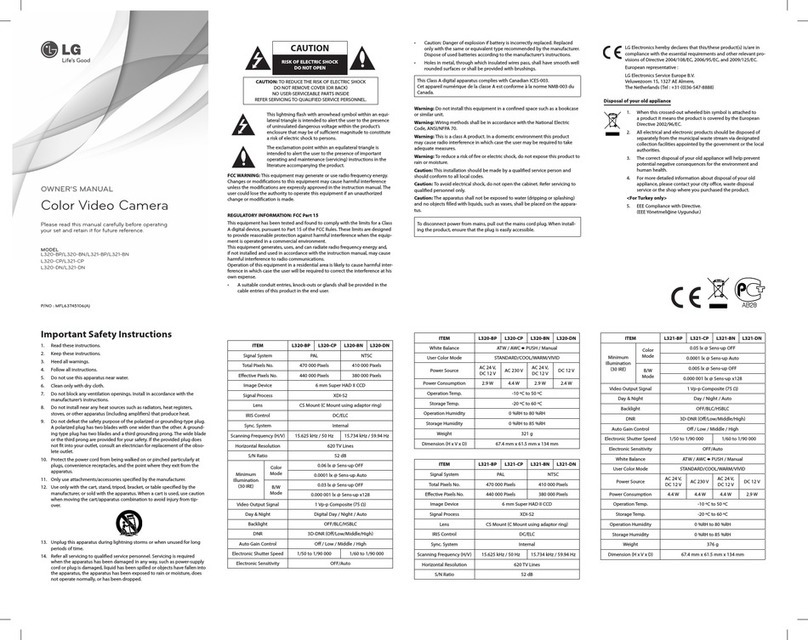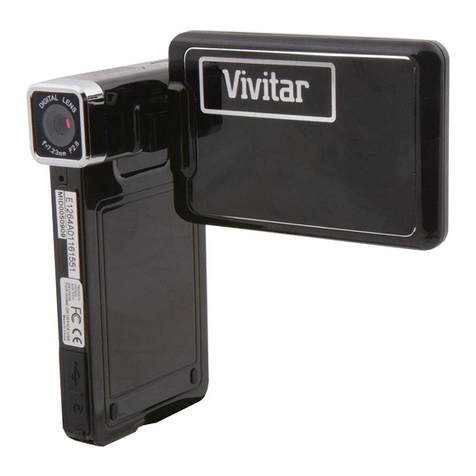
9 of 17
12)
11)
10)
Use the ND FILTER (If Necessary).
In the most basic sense an ND Filter is like sunglasses
for the camera. ND lters are used to reduce to amount
of light to the sensor. Typically used in bright sun light,
they allow you to use small f-stops of the IRIS.
ND FILTER Settings:
OFF: ND Filter is not used
ND1: Cuts light intensity by up to 2 stops
ND2: Cuts light intensity by up to 4 stops
ND3: Cuts light intensity by up to 6 stops
ND Filter Control
Set the Shutter.
1. Press the Shutter Select Button.
2. e Shutter setting will highlight in Orange on the screen.
3. Use the Control Dial, located on the grip, to select disired Shutter setting.
Shutter Select Button
Control Dial
Set Custom Picture.
C7: EOS Std - Reproduces the image quality and look (high contrast, vibrant colors) of EOS
digital SLR camera with its picture style set to [Standard}.
C8: Wide DR - Applies a gamma curve with a very wide dynamic range and an appropriate
color matrix that neverthleless do not require post-production processing.
C9: CINEMA - Uses the Canon Log gamma and color matrix for an outstanding dynamic
range and a image suitable for processing in post-production.
Custom Picture Button


